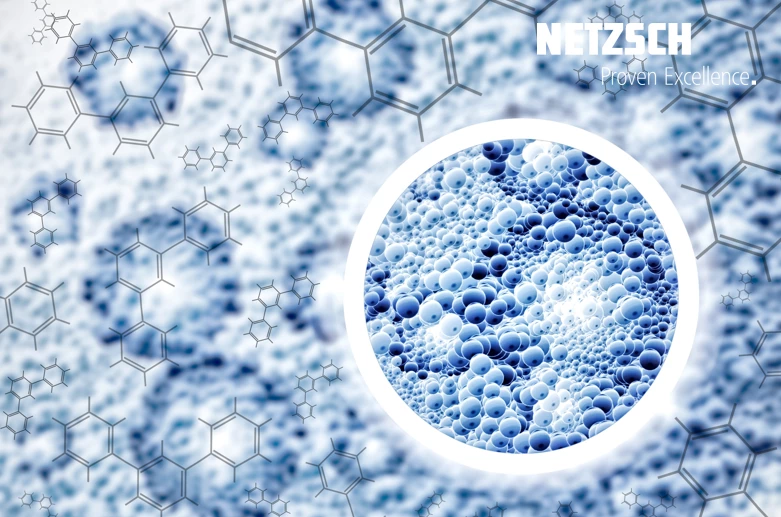
16.12.2020 by Milena Riedl
Thermal Analysis in the Characterization of Nano-based Drug Delivery Systems
Our new video series comprises contributions in various forms and aims to bring expert insights from the field of pharmaceuticals to you. Our first guest is Christian Grune, pharmacist and PhD student. His work is focused on the characterization of nano-based drug delivery systems.
Spotlight on Pharmaceuticals: Expert Insights on Substance Analysis
Our new video series comprises a loose series of contributions in various forms and aims to bring expert insights from the field of pharmaceuticals – both academia and industry – to you.
Our first guest
Our first guest is Christian Grune, pharmacist and PhD student at the Friedrich-Schiller University Jena, Germany. Mr. Grune’s work is concentrated on the characterization of nano-based drug delivery systems.
In his video below, he presents two applications of Differential Scanning Calorimetry (DSC).
Application 1: DSC analysis of crystallinity variations for nanoparticles prepared with sustainable solvents
Today, an increasing number of PLGA (poly(D,L-lactide-co-glycolide) nanoparticles are used for drug delivery. These nanoparticles are usually prepared by standard formulation methods, which use organic solvents. However, these organic solvents can be environmentally damaging and toxic for the human health. Therefore, there is a need for preparation techniques that are non-toxic and sustainable.
Learn how thermal analysis can distinguish between different preparation methods by looking at the Glass Transition TemperatureThe glass transition is one of the most important properties of amorphous and semi-crystalline materials, e.g., inorganic glasses, amorphous metals, polymers, pharmaceuticals and food ingredients, etc., and describes the temperature region where the mechanical properties of the materials change from hard and brittle to more soft, deformable or rubbery.glass transition temperature (Tg) and the Crystallinity / Degree of CrystallinityCrystallinity refers to the degree of structural order of a solid. In a crystal, the arrangement of atoms or molecules is consistent and repetitive. Many materials such as glass ceramics and some polymers can be prepared in such a way as to produce a mixture of crystalline and amorphous regions.crystallinity of nanoparticles!
Application 2: Simulation of iron oxide nanoparticles degradation detected by DSC
Iron oxide nanoparticles are used in the field of diagnostics (MRT (magnetic resonance tomography) and molecular imaging) and therapy (inducing magnetic hyperthermia and magnetic drug targeting). To obtain information about the behavior of the nanoparticles in the body, they are exposed to a simulated body fluid (SBF). The perfect diagnostic magnetic nanoparticles should be stable under these conditions.
Learn how to monitor the stability of iron oxide nanoparticles using Differential Scanning Calorimetry (DSC)!